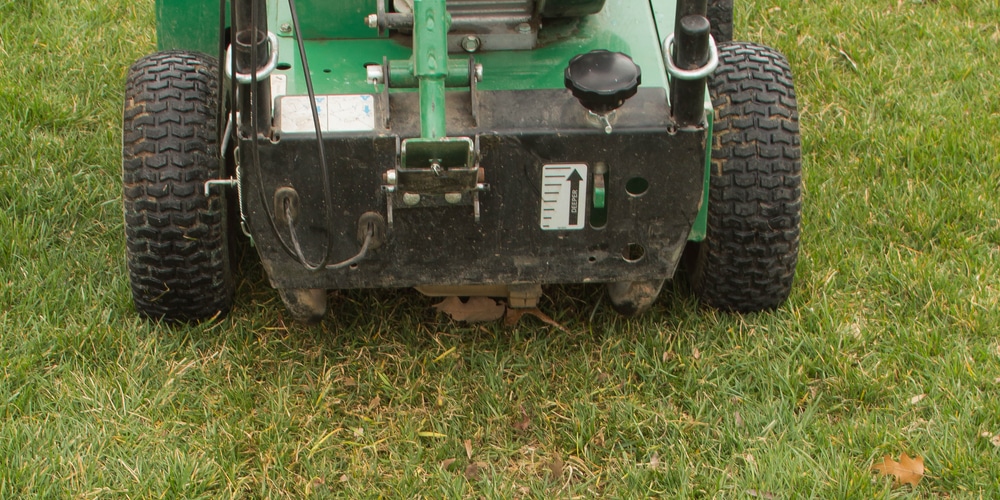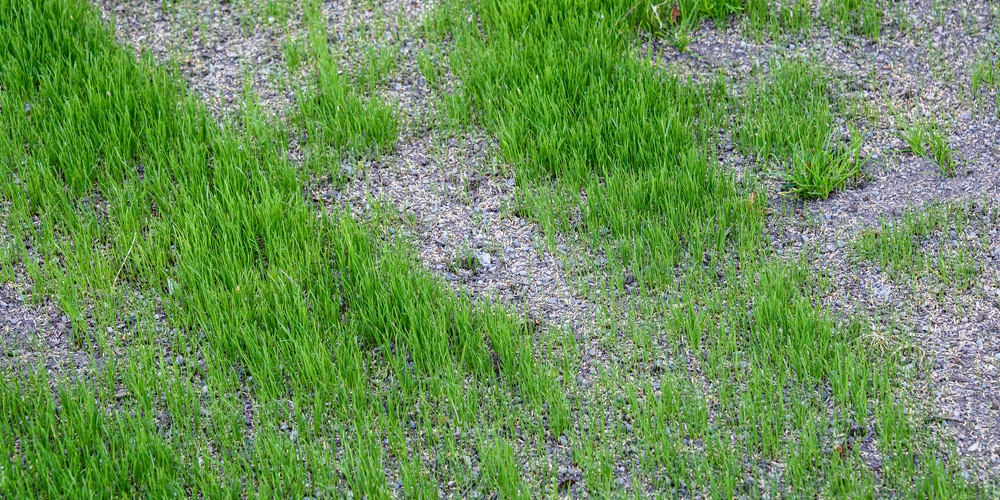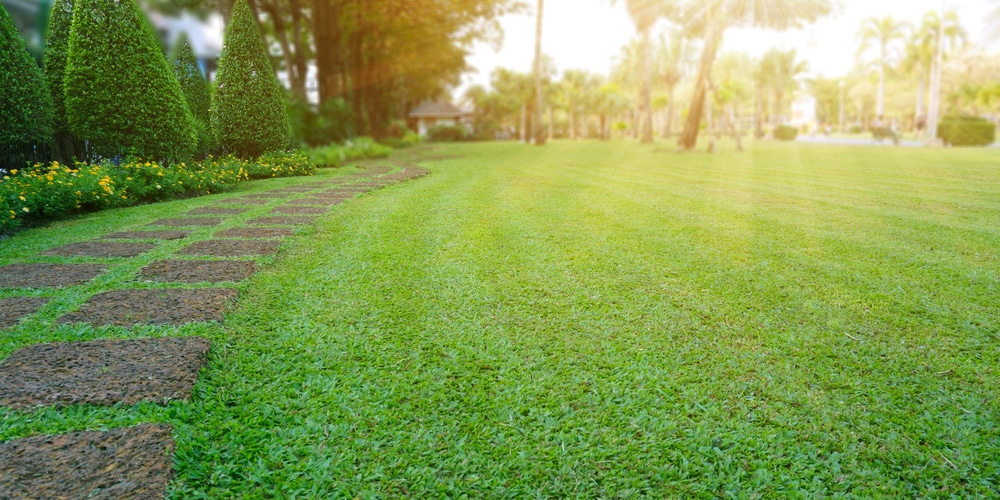What is the best way to seed your lawn? This is one of the most common questions that homeowners ask. The answer isn’t as simple as you might think. While many people still seed their lawn by hand, using a seeding machine may be a better idea. A slice seeder and overseeder allow you to spread seeds in the correct ratio across your yard. You’ll be less likely to end up with a patchy lawn if you use a seeder to help with the job.
There are a lot of factors that will determine what type of seeder you should use on your yard, including size and shape of lawn, desired seeding rate, soil quality, and more. For those who want a detailed explanation about which seeder is best for you and why read on. We’ll compare Slice Seeder vs an Overseeder!
What is a slice seeder?

A slice seeder is a tool that can be used to plant seeds in rows. These machines come in various sizes and can be used by homeowners or for agricultural use. They can be used by hand or mounted onto a lawn tractor or agriculture tractor, depending on the amount of land you have to work with.
A slice seeder can be used on bare ground or earth that has been recently plowed. Blades are mounted on the device to cut through dirt at various depths and distances apart. They can be used to plant vegetables, grass seeds, or other plants by easily creating shallow trenches for planting seeds.
Slice seeders are also commonly called slit seeders and allow you to plant seeds that are in perfect contact with the earth. You can set the height to the recommended planting height. Once a furrow has been cut into the ground, the seeds will be dropped into place, and another mechanism will hammer the seeds into the ground. This helps to ensure that your seeds are all covered with soil and will achieve a high germination rate. As the seeds are planted deeper in the soil and covered by the earth, they won’t be eaten by birds or other wildlife.
The downside of a slice seeder is that it could ruin the soil structure. If you have existing grass or plants nearby, it will cut through their roots. You may find that a slice seeder will cause more harm than good, especially if you have an already established lawn that needs sprucing up.
Let’s move on with our slice seeder vs overseeder comparison.
What is an overseeder?

An overseeder, however, works differently than the slice seeder does because it doesn’t have any kind of cutting mechanism attached to it. Over seeders aren’t used to plant rows of vegetables or establish a new lawn; instead, they are used to fill bare patches on lawns that are already planted. You may need to use an overseeder if you have thin-looking grass that’s unhealthy, brown patches, or a lawn that’s been damaged by disease, snowmelt, or insect infestation.
Overseeders use small teeth or spikes that help them move through the soil without causing damage. These tools don’t leave behind a cut trench, instead, they make small holes into which the seeds fall.
Slice Seeder vs Overseeder: Which is best?
Slice seeders are used in situations where a homeowner wants to establish lawns from scratch. These devices can be found in many hardware stores and garden supply shops, but they’re not very common.
One of the biggest reasons that slice seeders aren’t often purchased is due to how expensive they can be. Depending on the type you need, you’ll have to drop several hundred dollars on the device alone. Then, you’ll need to consider the cost of seed and fertilizer or other materials that will be applied during seeding.
Overseeders are the most commonly used devices for both commercial and residential purposes because they’re affordable and easy to use. These tools can usually be picked up for less than $100, and the seed is often included with the purchase. So, if you’re on a budget, an overseeder might be best for your needs.
If you’ve decided to go with an overseeder, here’s how to oversee a lawn.
Slice Seeder vs Overseeder: Which one should you use?

If your lawn is large and takes up a lot of space, the slice seeder might be a better choice for you because it can work quickly and cover a lot of ground. If your lawn is small or if you have very little space to seed, the overseeder may be a better option for several reasons.
First, overseeders are smaller in size, which will take up less room in your garage or storage area. They’re also much lighter in weight. A typical overseeder weighs around a pound, while a slice seeder can weigh up to 15 pounds or so, depending on the type you have.
Overseeders are great for use under trees where it might not be possible to use a slice seeder. In fact, overseeders are generally used in situations where seeds need to be spread quickly and neatly.
The disadvantage of overseeders is that they don’t cover the seeds with soil. This means that the rate of germination may be slightly lower, and some of your grass seeds may be eaten by birds. The positive side of this is that you don’t need to make any decisions about planting depth as you would with a slice seeder.
Conclusion
As you can see from this article, both devices have their pros and cons so it’s really up to you to decide which would be best for your particular situation. Slice seeding involves using a blade to cut trenches in the ground, while an overseeder uses small teeth or spikes to create these trenches.
Both devices can effectively accomplish the same goal, but they do it in different ways. However, because slice seeders are typically larger and more expensive than overseeders, they’re not often considered the most practical choice.
If you don’t have a large area to seed, an overseeder may be all you need. On the other hand, if you have a very large lawn and don’t mind spending a lot of money, a slice seeder might work best for your situation.
Related: When to mow after overseeding.